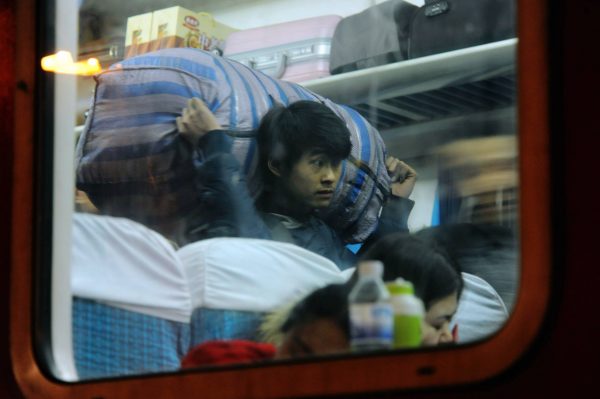After the 13th Five-Year Plan was released in 2016, the central government announced reforms to legitimise migrants’ residential status in urban areas. The government raised specific objectives including increasing the proportion of the population registered as urban hukou, granting 100 million rural-to-urban migrants with urban local hukou status between 2014–2020 and eliminating the restriction of household registration in cities with a population of three million people or less.
Some progress has been made on these fronts. First, rural hukou holders now face no barriers to move, to get a job or to reside permanently in urban areas. Second, the gaps in access to public services between migrants and locals in cities have been narrowed as the entitlement to these services is now more tied to a residence permit, which is easier to apply for than hukou status. Third, a fraction of migrant workers have now successfully obtained urban hukou by fulfilling the criteria set by municipalities.
But reform is far from complete. In 2019, the urbanisation rate, or the proportion of permanent urban residents who have lived in cities for six months or longer, was 60.6 per cent. The total number of rural-to-urban migrant workers, or those who leave their home townships and live in cities for six months or longer, was 135 million.
While migrant workers are included in the new urbanisation statistics, they still do not have equal access to urban public services and are treated differently in the urban labour market since they do not have hukou status. Only 44.4 per cent of the Chinese population have urban hukou status. This means that around 16 per cent of the Chinese population are rural-to-urban migrants who live (and many work) in cities but do not have urban hukou status and are not entitled to the same public services as locals.
Abolishing the hukou system could benefit the Chinese people and the economy as a whole. From the supply side, scholars estimate that the reform will significantly increase China’s potential growth rate by increasing the labour supply in urban sectors and improving resource allocation efficiency. From the demand side, a survey on urban labour indicates that incorporating migrant workers into social security programs, which reasonably reduces their precautionary savings, can increase their consumption spending by as much as 27 per cent even without an increase in income. From a development and social perspective, equal provision of compulsory education, subsidised housing and other public services will enhance the overall welfare of Chinese people.
While provincial and municipal governments would have to bear most of the expenditure on subsidies of social security programs and other public services for urban hukou holders, they would not exclusively receive all the dividends from hukou reform. Not only does the incompatibility of incentives discourage local governments from implementing reform, but the lack of fiscal revenue also renders the provision of public services for all new urban residents infeasible. The central government, constrained by expenditure responsibility and fiscal capacity, has not provided sufficient financial support for the reform.
So there are two equations for the costs and benefits of hukou reform, one concerning the central government and another concerning the local governments. According to the logic of institutional change, if a significant increase in the net benefit of a reform can be expected, then the plausibility of the reform tends to increase.
An unexpected side-effect of COVID-19 may be that the Chinese central and local governments will be more willing to take responsibility to carry out hukou reform. The pandemic has increased both the benefit of implementing hukou reform and the cost of delaying the reform, especially while the economy is in the process of recovery.
The difficulties for migrants to return to urban work not only reduces their income but also impedes the full recovery of the Chinese economy. This manifests a negative externality of the hukou system caused by the separation of workplace from legal residence. The economic impact of the COVID-19 pandemic combines aspects of both demand and supply shocks. So a quick resumption of resident consumption, rather than conventional investment stimulus, is conducive to the recovery of economic growth, and hukou reform has an important role to play.
Cai Fang is Vice-President and Professor at the Chinese Academy of Social Sciences.
This article is part of an EAF special feature series on the novel coronavirus crisis and its impact.

